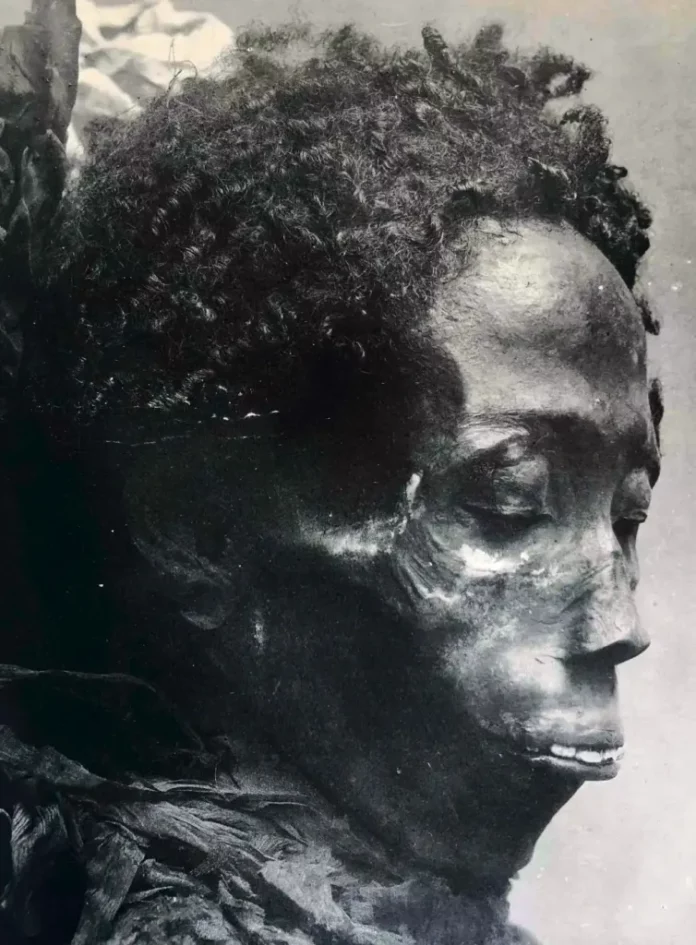In the heart of ancient Egypt, a young man named Maiherpri stood tall at 5’4.75 inches. Despite the passage of millennia, his mummified remains reveal a life that ended between the ages of 25 and 30, a life still shrouded in mystery.
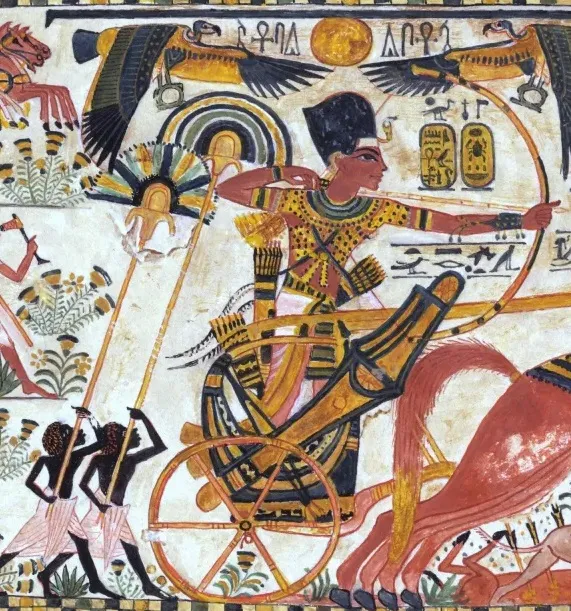
The story of Maiherpri begins with his discovery. In 1899, Victor Loret uncovered the tomb known as KV36 in the Valley of the Kings, and two years later, on March 22, 1901, Georges Daressy unwrapped Maiherpri’s mummy. What they found was a body meticulously embalmed, a testament to the respect and care he received in death. Even a gold foil was placed over the incision scar on his hip, highlighting the high standards of his mummification.
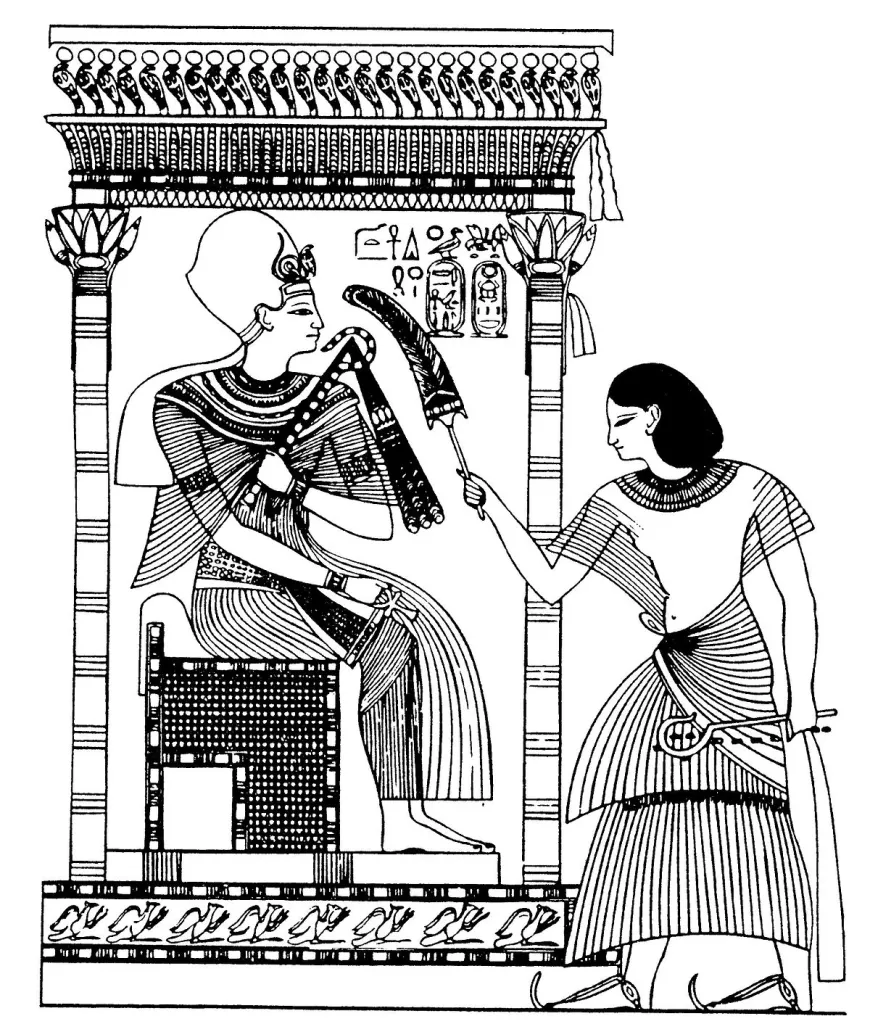
Although the soles of his feet were damaged, likely during the embalming process, Maiherpri’s body was remarkably well-preserved. His head, adorned with tight curls, drew particular attention, but closer examination revealed that his hair was actually a wig sewn into his scalp. The reason for this remains unknown, adding another layer of intrigue to his story.
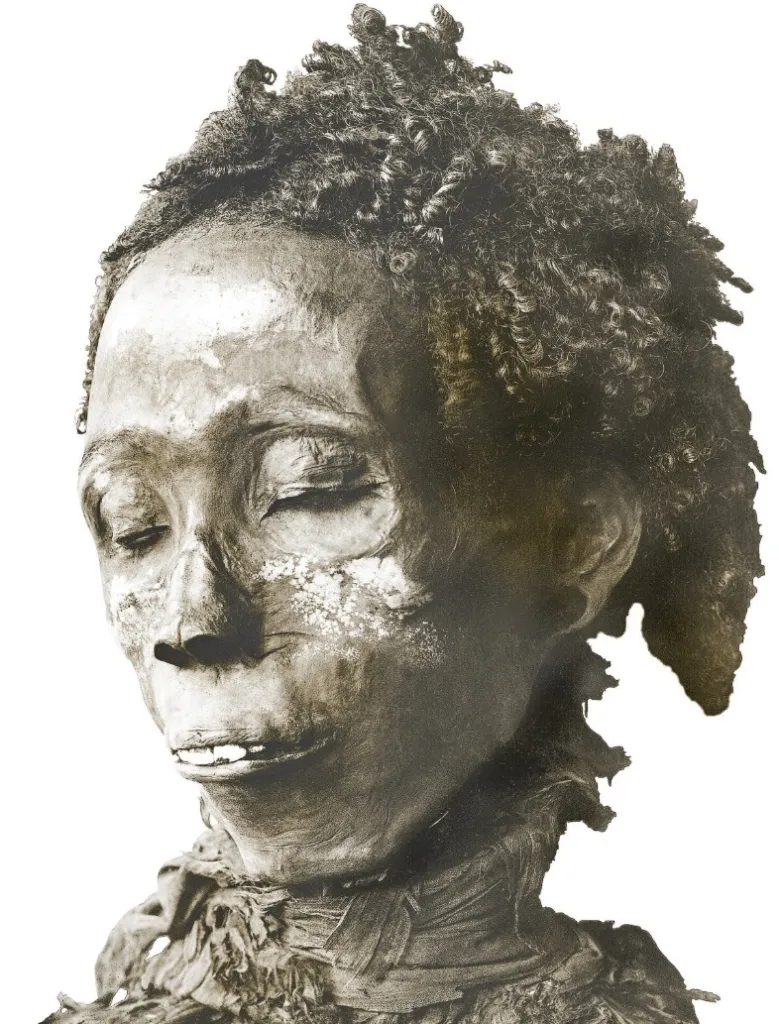
Maiherpri’s titles, discovered within his tomb, offer glimpses into his life and status. His name, meaning “Lion of the Battlefield,” suggests a military role. He was known as “One who follows the King on his marches to the Northern and Southern foreign countries” and “Fan-bearer on the Right Side of the King.” These titles imply a trusted position close to the king, perhaps a role involving military campaigns and close personal service. The presence of Nubian archers in the Egyptian military and their depiction as fan bearers in war scenes support the idea that Maiherpri, likely of Nubian origin, served in such capacities.
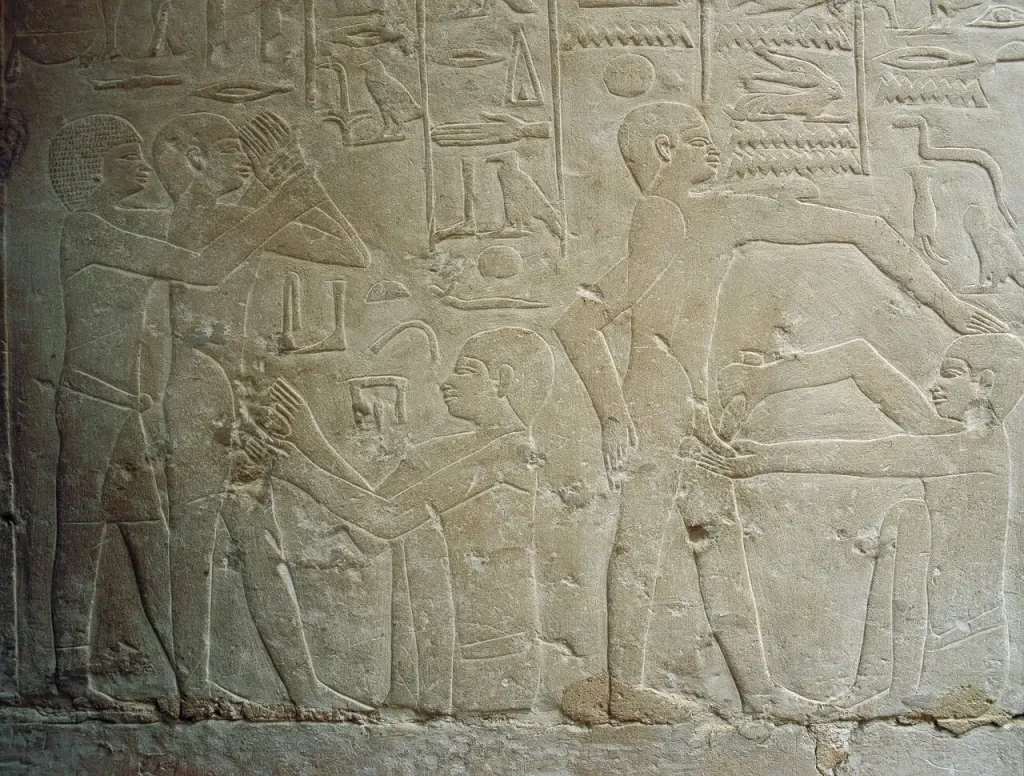
The title “Child of the Nursery” provides further clues about Maiherpri’s life. This designation often referred to foreigners or the offspring of foreign royalty raised in Egypt, possibly within the royal harem. It suggests that Maiherpri might have spent his youth or even been born in Egypt, integrating into its culture while maintaining ties to his Nubian heritage. His uncircumcised state, uncommon in Ancient Egypt, hints at the preservation of some of his native customs.

Maiherpri’s cause of death remains unknown. His mummy shows no signs of injury or illness that could explain his early demise. Speculation about his death continues, with hopes that modern technology might eventually reveal more about his life and origins.
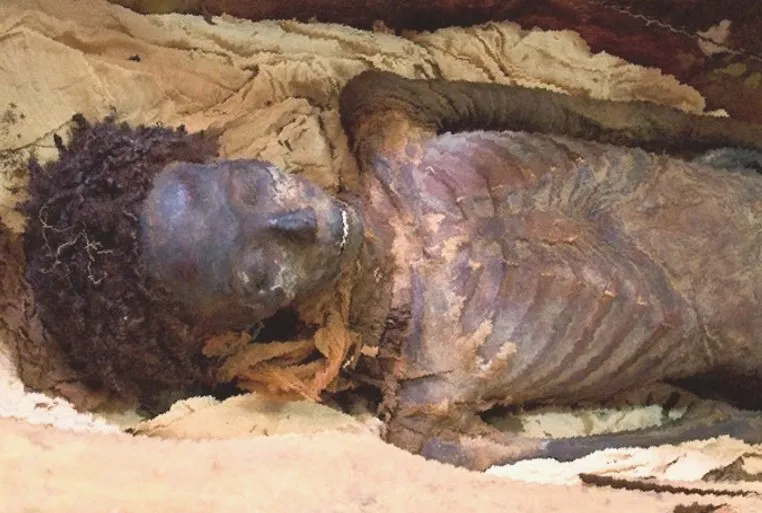
Maiherpri’s tomb, although plundered by robbers over the centuries, still contained treasures that shed light on his status. Being buried in the Valley of the Kings was an honor, indicating a significant bond with the royalty he served. Some have speculated that he might have been related to royalty, perhaps a half-brother to Thutmose IV or the son of a king and a Nubian mother, but there is no concrete evidence to support these claims. More likely, Maiherpri was a noble with a close and trusted relationship with the king, reflected in the military-themed funerary items found in his tomb.

New Kingdom, 18th Dynasty, ca. 1479-1425 BC. From Tomb of Maiherpri (KV36), Valley of the Kings. Now in the Egyptian Museum, Cairo. JE 33844
Among these items was a cartonnage mummy mask covered in gold leaf, a wooden coffin adorned with resin and gold leaf, and a canopic chest for preserving his organs, comparable in quality to those of royal burials. He was also buried with a linen loincloth, an Osiris funerary bed, and a collection of military items like arrows, quivers, wrist guards, and even two dog collars, highlighting his military lifestyle.
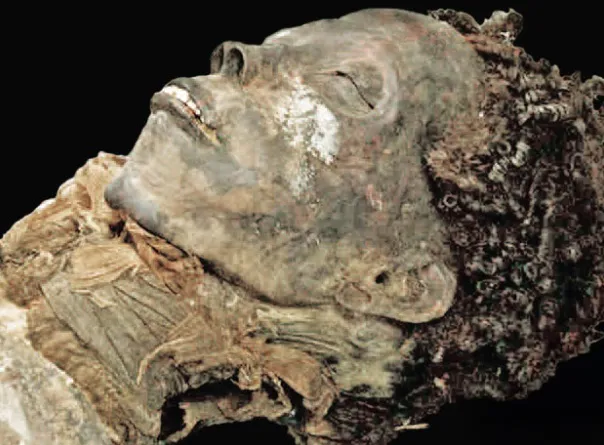
The exact period of Maiherpri’s life is uncertain, though it likely fell within the New Kingdom period, probably the 18th Dynasty. The presence of a linen shroud bearing the cartouche of Hatshepsut and similarities between Maiherpri’s funerary items and those found in other royal tombs suggest he may have lived during or shortly after the reigns of Hatshepsut, Thutmose III, or Amenhotep II.
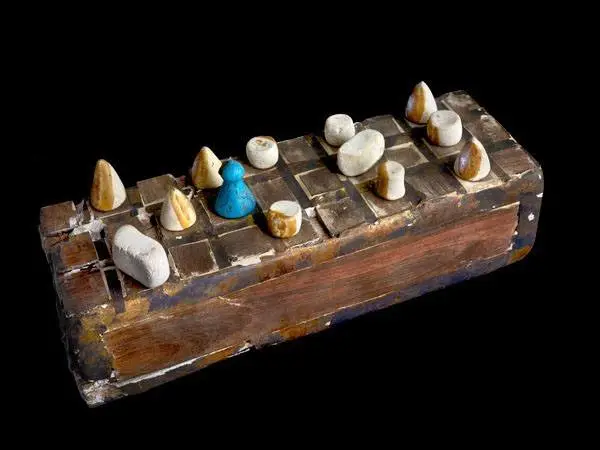
This game board was found by French Egyptologist Victor Loret in 1899. It was used for playing the game Senet, a popular game in ancient Egypt, often depicted in tombs. The board is divided into three rows of ten squares, forming a grid. There are thirteen game pieces associated with it, made from faience and limestone. Now at the Egyptian Museum, Cairo.
Maiherpri’s story is one of mystery and speculation, a tale pieced together from the fragments of history left behind in his tomb.
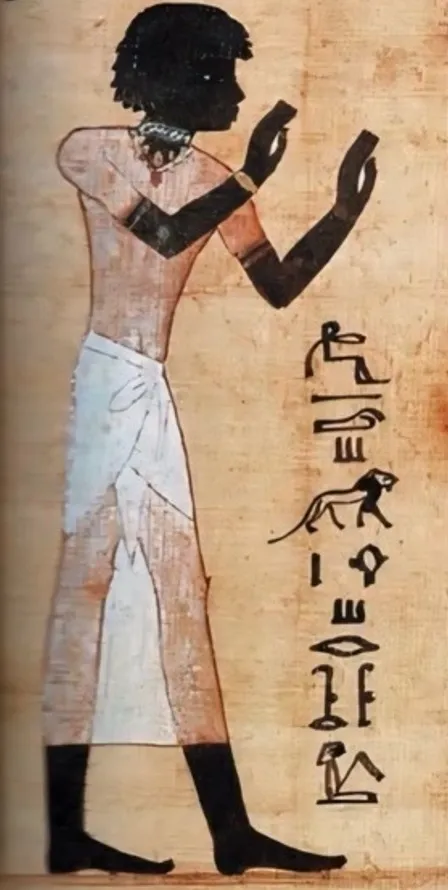
As archaeologists and Egyptologists continue to study these ancient clues, they hope to uncover more about the life and death of this enigmatic figure who lived and served in the shadow of Egypt’s mighty kings.

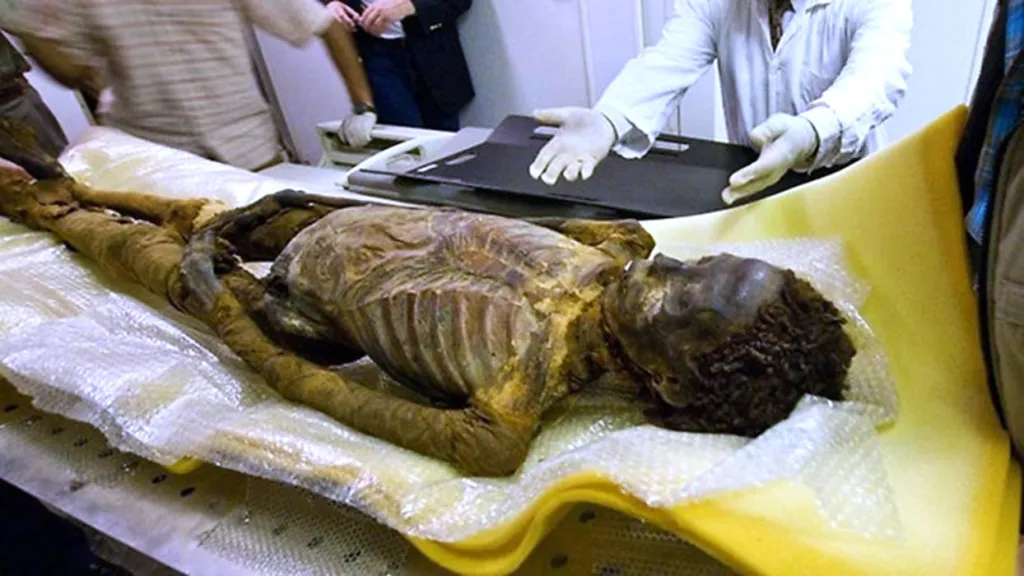
Source: https://egypt-museum.com/maiherpri/



